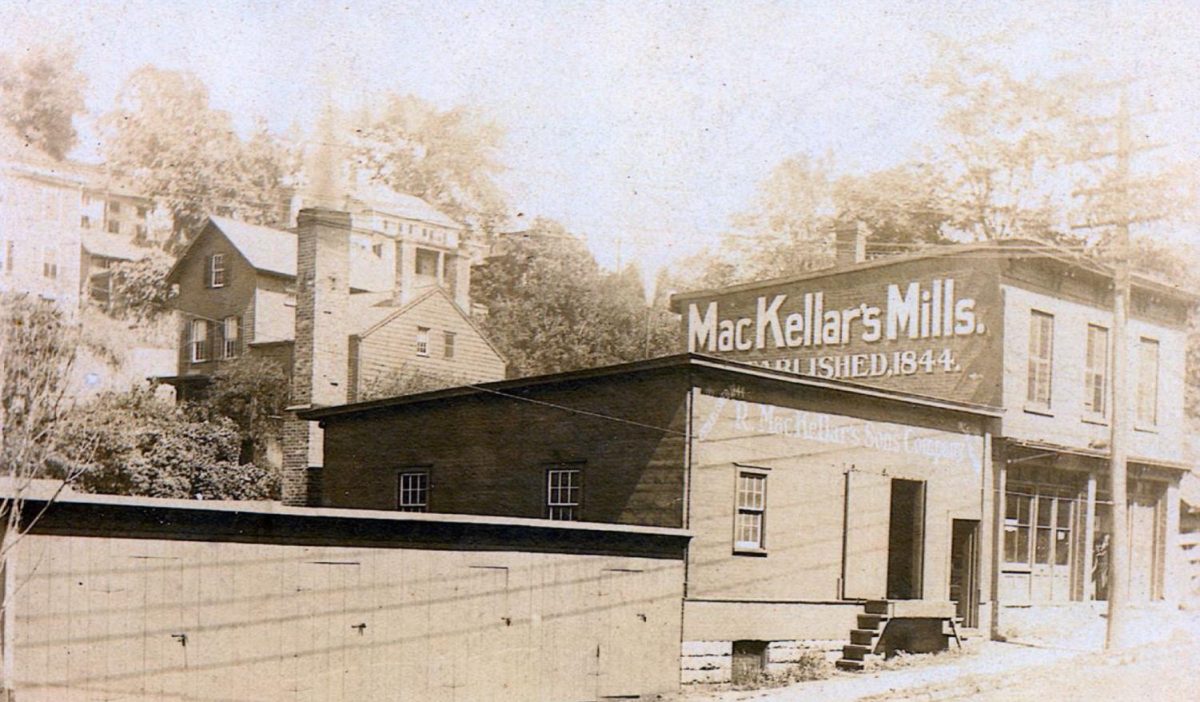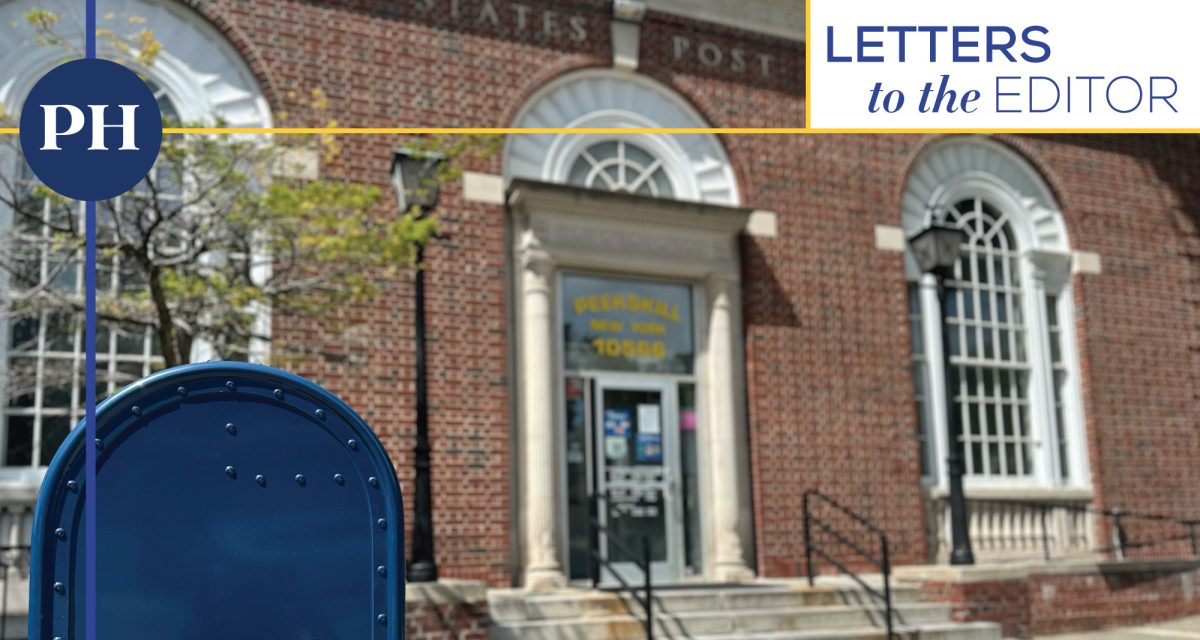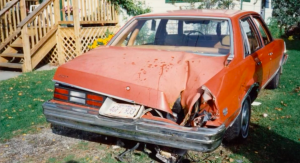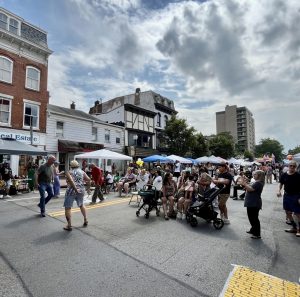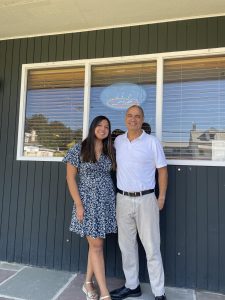Preservation and the role it plays in today’s development
February 11, 2022
I’m guessing many of you like to poke your nose into a newspaper, now and then. I’ve got that habit myself, only now I’m starting to poke into thirty year old Peekskill Heralds and you might say that they’re a little bit dated. That’s no turn off for me, because I find plenty of stories that connect events today with the history of yesterday.
Take a story I wrote a few weeks ago with the details of how toddler Kristen and infant Kaitlyn Bohler grew up to become some of the first women volunteer firefighters in Peekskill. In 1991, when they were both just babes in arms, their family home was gutted in a terrible fire. Now I discover that their visiting cousin, 10-year-old Timothy Conkling, was the hero that terrible morning. He woke up to smoke and immediately alerted the adults that the apartment was on fire. In an early 1992 issue there is a great photo of Timothy grinning from ear-to-ear, as he sports a fireman’s hat and is shaking hands with chief Bob Ferris and fireman Kevin Bristol. They presented him with an award for “quick thinking and acting safely to get loved ones out of a burning apartment.”
The papers were full of other good news stories and lots of congratulations within the pages celebrating the sixth anniversary of the Peekskill Herald. One article announced the free tax preparation help being offered at the Peekskill Senior Citizens Club by staff of the AARP. Thirty years later, that tax service is still being offered at the Seniors Club. The only difference today is that you must schedule an appointment. Call 914-440-3086 for details.
But not all of the stories were cheerful. McGregory Brook was back in the headlines and several articles touched on what to do, in response to the miles long brook’s tendency to flood the lower end of Central Avenue and the aptly named Water Street neighborhood near historic Dain’s Lumber Yard. McGregory Brook (sometimes written as “MacGregory” or “MacGregor”) is one of the City’s watershed areas and transverses the city from the Conklin Avenue border right down into the Hudson River. In 1990 the brook had flooded and sent a torrent of water rushing down Central Avenue and causing thousands of dollars in property damage.
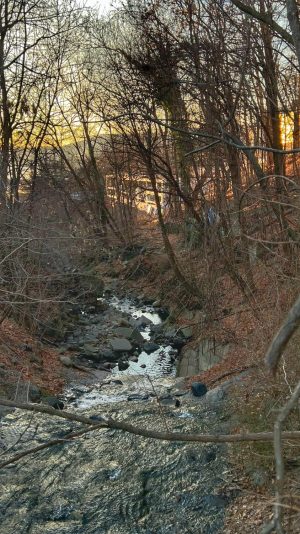
In an informative guest editorial, local history advocate, Kirk Moldoff pleaded the case against the City’s proposal to encase the brook in a concrete culvert and further bury it underground. Kirk pointed out that historically, McGregory Brook was the lifeline of Peekskill, with a vast array of foundries, mills and village buildings growing up along its banks.
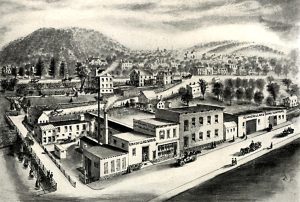
“Have you ever taken a good look at the seal of the City of Peekskill? Pictured on it are a stove and a plow, symbols of the great foundry industry for which Peekskill became famous,” Kirk wrote. He went on to argue that burying the problem (the brook) would not be a lasting solution. Water will win in the end, he indicated. Kirk was hoping to get those in power to be as interested in protecting the history and historic character, as they were in maintaining roads and property values.
A further article reported on the public hearing, which was held to explain the cement culvert proposal and it was well attended by many concerned residents. Barbara Zimmer, the president of the local DAR and the librarian for the Field Library Local History Room pleaded “Let’s preserve open space. If we didn’t have Chauncey Depew, we wouldn’t even have a park. Let’s make the brook an attraction to bring more people. This is such an historic town, we need to preserve the last little bit.” Her comments “aroused an outburst of applause from the crowd.” Drew Claxton of Kissam Road said she grew up in Peekskill and believed history is a big part of the city. “I get worried every time something really beautiful, a part of this town, is covered up. It’s not clear to me that runoff water has any place to go once the brook is covered up. I’ve traveled all over and I’ve seen other places. We have something with potential we would lose by covering it up.” Elizabeth Rogers of Lincoln Terrace, also a member of the Historic Preservation Board said “No where on the Hudson can one find the remains of an industrial town, with small railroad tracks and the ruins of old mills. Mills are the touchdowns to our past. Let us please protect McGregory Brook.”
Moldoff also showed slides of McGregory‘s history as the spine of Peekskill’s early industrial development in the 1700s and 1800s. Lumber, grist and iron mills fed by the natural abundance of water and timber in this region turned out the materials and products of Peekskill’s last years of economic boom. “McKellar’s Mill on McGregory Brook produced foundry facings for the manufacture of ornate cast-iron stoves in Victorian kitchens and parlors. The seal of the City of Peekskill shows a stove and plow. And the walls of McKellar‘s last mill stand across the gorge with the dam shattered in the flood of 1990.
The article continued, “To Kirk Moldoff and other residents who spoke out at the hearing, the brook is a valuable historic record, reflecting in the lustrous past of water powered mills and hard-working Peekskill men. The gorge and it’s ruined dam should stay to remind Peekskill of its origins they said.”
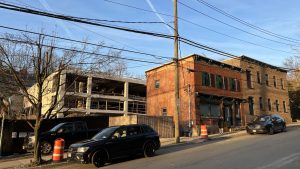
Another Herald article profiled the talk presented at The Paramount Center for the Arts by internationally acclaimed historic preservationist Frank Sanchis. Sanchis, a Peekskill resident and at that time the vice president of The National Trust for Historic Preservation, was the guest speaker for the opening of an exhibit on architectural renderings. He used his time to praise the beauty of the Peekskill landscape and to celebrate the wealth of the surviving authentic period architecture, which remains dotting the city’s rolling hills. But he cautioned city residents to take an active role in preserving Peekskill’s architecture “for its educational as well as aesthetic value.” Sanchis expressed his concern at the plight of McGregory Brook and described it “As the cradle of ancient Peekskill’s industrial roots” noting that it was the heart of Peekskill. “He termed the proposal to bury the brook ‘ill advised’ and said that Central Avenue was one historical corridor that has almost vanished.”
The McGregory Brook story will never end and I won’t go into all the twists and turns it has taken in the past thirty years. Suffice it to say that cement and shovels were involved, but the water did have it’s way in the end, when sinkholes and more flooding occurred in 2003. By 2005 the City was undertaking a major repair of Central Avenue and day lighting portions of the brook and incorporating engineering solutions that reflected a respect for the power of water.
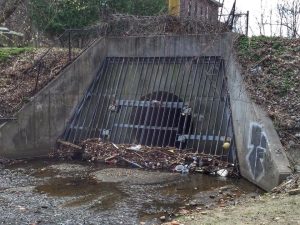
Starting about 1995, the Garden Club of Peekskill came along for much of this ride, since we had been allowed to create a public rose garden in the area where the Con Edison substation once stood on Central Avenue. However, when the underground brook sucked a large area of the garden downstream, we were forced to dig up the trees, shrubs and rose bushes and head for dry land. For several years, the plants were scattered in city lots and private homes, waiting to return. In August 2007, the City had completed their work and welcomed us back to Central Avenue, where the garden delights many a passerby and offers a quiet respite to folks walking up and down this busy corridor.
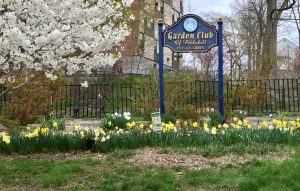
Back in 1992, preservationist Frank Sanchis’ remarks drew applause from his listeners at the Paramount and “he then urged them to work together for preservation in Peekskill.” And that is what I am doing, by revisiting this chapter of McGregory Brook’s history.
Peekskill is fortunate to have a wonderful museum, access to archival materials in the large local history archives at The Field Library, endless amounts of digitized records and other historic sources. And just do a brief search on Facebook, if you are wondering if there is an interest and a deep respect for local history in our area. Lots of groups share photos and historic stories, encourage remembering the good old days and keep old memories alive.
There is an active Historic and Landmarks Preservation Board, which helps oversee architectural changes in the limited downtown historic district and there is meant to be a 7 member Historic Preservation Advisory Commission, but at present it has only two members, both of whose terms have expired. There is currently no City Historian, a position which in the past was helpful in organizing and respecting local history and civic issues.
We have so many knowledgeable and talented community members, who have tackled local history topics with gusto, but we need more team spirit, if we are to protect our city from knee jerk development and bobble-headed ribbon cuttings. The Riverfront Green Park is exquisite and a park to celebrate, but if, in ten years time, we have to drive through a sea of high rise buildings and tightly tucked together townhouses, then we should all hang our heads in shame. Can’t we find a way to work together, to create a Historic Preservation Team, which will influence the folks at City Hall and the eager developers to think first with their hearts and later with their bottom lines?
Monday night there will be a public hearing at City Hall on some proposed zoning changes for areas bordering the downtown. One of these areas would be the block of Howard Street from Broad down to James Street. Currently, this is a modest little block of single and two family homes, but one side backs on to “Doctors Row” on Main Street, which is a block of lovely, intact Victoria homes. They make a gracious impression as people approach our downtown. Do these homes need to have a large apartment unit as a backdrop? But much more importantly, is anyone questioning how this will impact the Hawley-Green home and the area around it? According to historian Lafern Joseph, Hawley-Green was an African-American business person, who gave shelter and protection to Freedom Seekers along their journey. While it is a privately owned residence, we should not give up the dream of having the home and the surrounding area designated as an historic building along the Underground Railroad. The community should do whatever it can to keep the charm and potential of the area. The City Hall meeting will be broadcast and comments can be submitted beforehand or phoned in live.
If you are interested in local history, check out groups on Facebook, you’ll be fascinated. The Peekskill Museum is hosting a talk at Birdsall House on Tuesday Feb. 15 at 6 pm, which will feature info about the original Birdsall House and some insight into George Washington’s connection with Peekskill. On Thursday Feb. 17th at 7:30 pm Kirk Moldoff will present an illustrated talk at the Peekskill Yacht Club about the history of Fleischman’s and industry in the area. Both events are free and open to the public. Let’s network or at least get some team spirit!

Peekskill’s rich history is preserved by the people who are interested enough to learn about it. Current day Peekskill benefits when there is a independent press that honors the stories of the past by publishing them and what we’ve learned. Become a member of the Peekskill Herald here, during our Valentine’s Matching campaign to keep the Herald sustainable far into the future.




